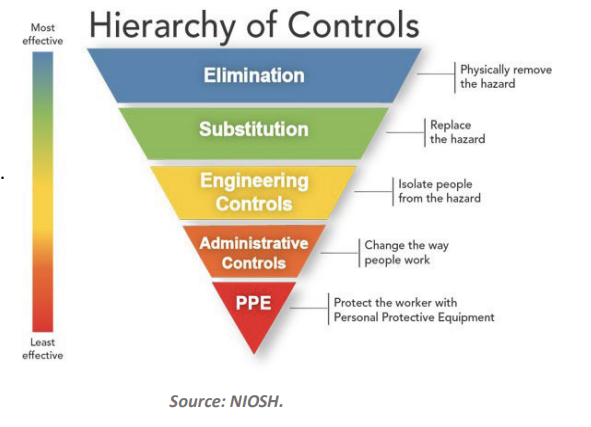Home /
Job Hazard Analysis
Purpose
One of the “root causes” of workplace injuries, illnesses, and incidents is the failure to identify or recognize hazards that are present, or that could have been anticipated.
A Job Hazard Analysis (JHA) is both a tool and a process of identifying and evaluating potential hazards or risks associated with a particular job or task. It involves breaking down a job into its individual steps and analyzing each step to identify potential hazards that could cause injury or illness to workers and the controls to mitigate the hazards. JHA are sometimes called “task hazard analyses.”
To identify and assess hazards, employers and workers:
- Collect and review information about the hazards present or likely to be present in the workplace.
- Conduct initial and periodic workplace inspections of the workplace to identify new or recurring hazards.
- Investigate injuries, illnesses, incidents, and close calls/near misses to determine the underlying hazards, their causes, and safety and health program shortcomings.
- Group similar incidents and identify trends in injuries, illnesses, and hazards reported.
- Consider hazards associated with emergency or nonroutine situations.
- Determine the severity and likelihood of incidents that could result for each hazard identified, and use this information to prioritize corrective actions.
Frequently Asked Questions (FAQs)
Resources
- JHA Template (PDF)
- JHA Sample (PDF)
- OSHA Job Hazard Analysis Publication (OSHA 3071) (PDF)
- OSHA Hierarchy of Controls (PDF)
- OSHA Recommended Practices for Safety and Health Programs


